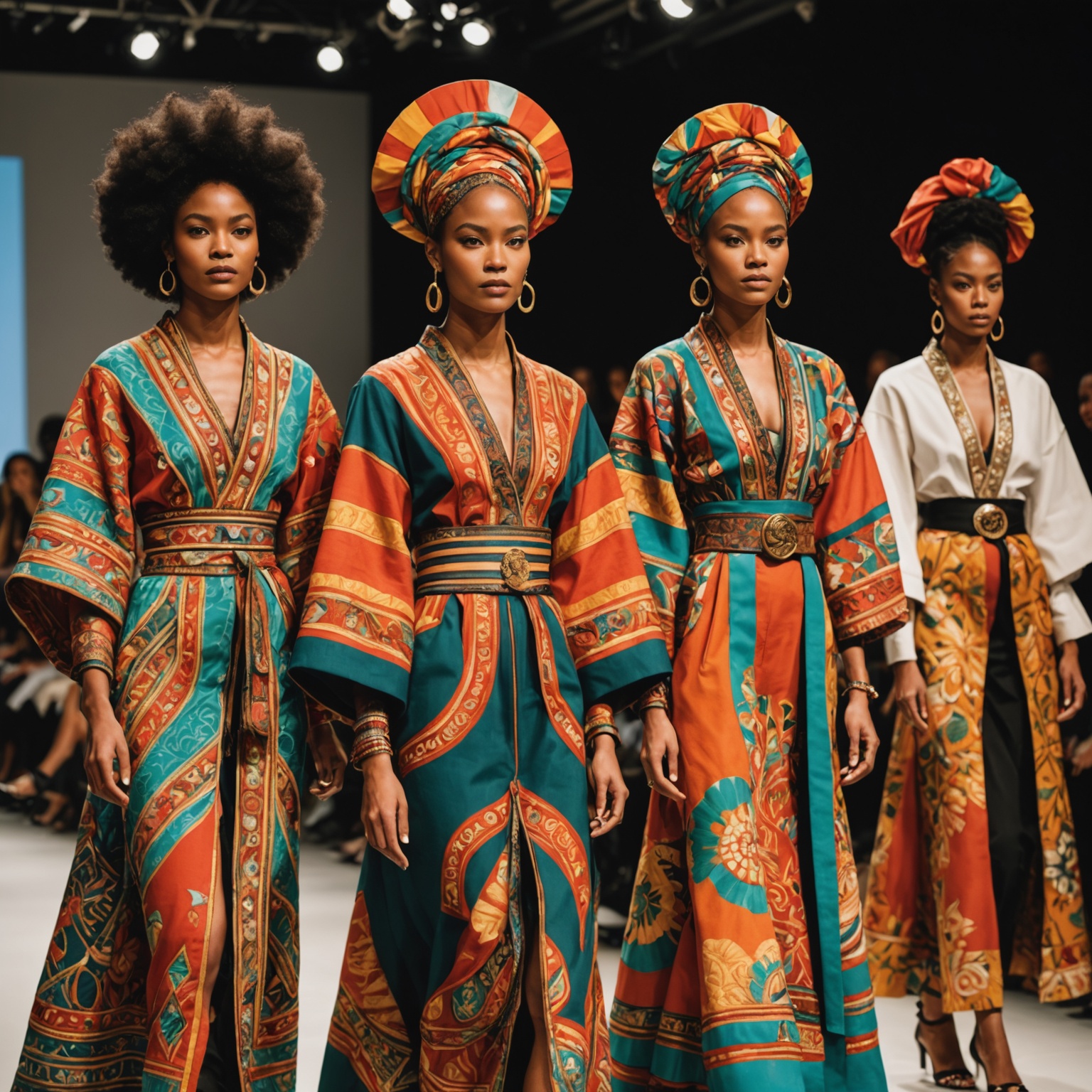Cultural Appropriation vs. Appreciation in Fashion

Cultural Appropriation vs. Appreciation in Fashion
The fashion world is a vibrant tapestry woven from myriad cultural threads. Each piece of clothing tells a story, often inspired by the rich histories and traditions of diverse communities. However, this blending of cultural elements in fashion raises important questions about the line between appropriation and appreciation.
Understanding Cultural Appropriation
Cultural appropriation in fashion occurs when elements of a minority culture are adopted by members of a dominant culture without permission. This often involves a complex power dynamic, where cultural symbols are stripped of their original meaning and used for fashion or profit.
Examples of appropriation can range from non-Native designers using Native American patterns in their collections, to mainstream fashion brands selling clothing with sacred symbols without understanding their significance.
The impact of cultural appropriation is profound, as it can contribute to the commodification of cultural practices and the erosion of cultural identities.
Embracing Cultural Appreciation
Cultural appreciation, on the other hand, involves understanding, respecting, and honoring the sources of inspiration. It encompasses efforts to genuinely engage with and contribute to the culture being referenced.
Appreciation can be seen in collaborations where fashion designers work closely with cultural representatives to create collections that are respectful and informed. These partnerships not only prevent misunderstandings but also help in sharing the true essence of the cultural elements being used.
Best Practices for Cultural Appreciation in Fashion
To foster an environment of appreciation, fashion industry professionals can adopt several best practices. These include thorough research, direct collaboration with cultural experts, and ensuring that a portion of the profits benefits the communities whose cultures are being represented.
Furthermore, transparency about the sources of inspiration and the intentions behind the designs can also contribute to greater cultural sensitivity in the fashion industry.
Case Studies: Learning from Past Mistakes
Several prominent fashion brands have faced backlash for inappropriate cultural representations. Analyzing these instances can provide valuable lessons for designers and brands aiming to navigate cultural influences responsibly.
For instance, a luxury fashion brand once faced criticism for using indigenous patterns in their collections without proper acknowledgment or compensation to the native communities. This sparked a broader conversation about ethical practices in fashion design.
The Future of Cultural Interaction in Fashion
Looking ahead, the fashion industry stands at a crossroads. The path forward involves not only recognizing the fine line between appropriation and appreciation but also actively working to respect and uplift cultural identities.
As the global dialogue around culture and creativity continues to evolve, the fashion industry must adapt by fostering an inclusive approach that values all cultural contributions.








